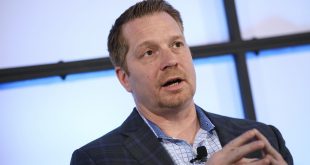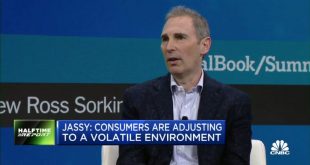Brittany Greeson | The New York Times
Shoabing Xu, a postdoctoral research fellow, sat in the driver’s seat as a safety precaution during a demonstration of an autonomous car at the MCity testing grounds at the University of Michigan in Ann Arbor, Mich., July 6, 2017.
Henri Coron, Navya’s vice president for sales, said the decision to locate the assembly plant in Michigan was based on “the strength of support” from the university.
The university’s president, Mark Schlissel, said his institution was trying to ensure that Michigan remains a vibrant center of automotive innovation, even as Silicon Valley and other locations take prominent roles in developing self-driving cars.
“We want to provide the research underpinning for the state to succeed in competing in this future of mobility,” he said. “For the economic future of the state, it is critical that the leadership of automotive technology remains in southeastern Michigan.”
The least visible of the university’s research efforts is its largest: the on-road test of vehicle-to-vehicle, or V2V, communications involving 1,500 cars, trucks and buses. Auto industry executives said they knew of no other live test of this scale anywhere in the world.
The vehicles in the project have been equipped with small radio transmitters that broadcast their speed and direction 10 times per second. At more than two dozen intersections, traffic lights and crosswalks have similar transmitters, allowing them to communicate with the vehicles.
The aim is to develop V2V technologies that will help improve traffic flow, Dr. Sayer said. “If a car is stopped 200 feet from a traffic light, you know there’s a long line of cars there,” he said. “So you could lengthen the green light dynamically to reduce congestion.”
Preventing accidents is part of the plan. On a recent afternoon, MCity researchers demonstrated what they are working toward. In one test, a self-driving car approached a curve obscured by hedges, and suddenly slowed. Why? Because beyond the hedges another car stopped in the road had broadcast its position, warning the self-driving car of the hazard.
 EU News Digest Latest News & Updates
EU News Digest Latest News & Updates



